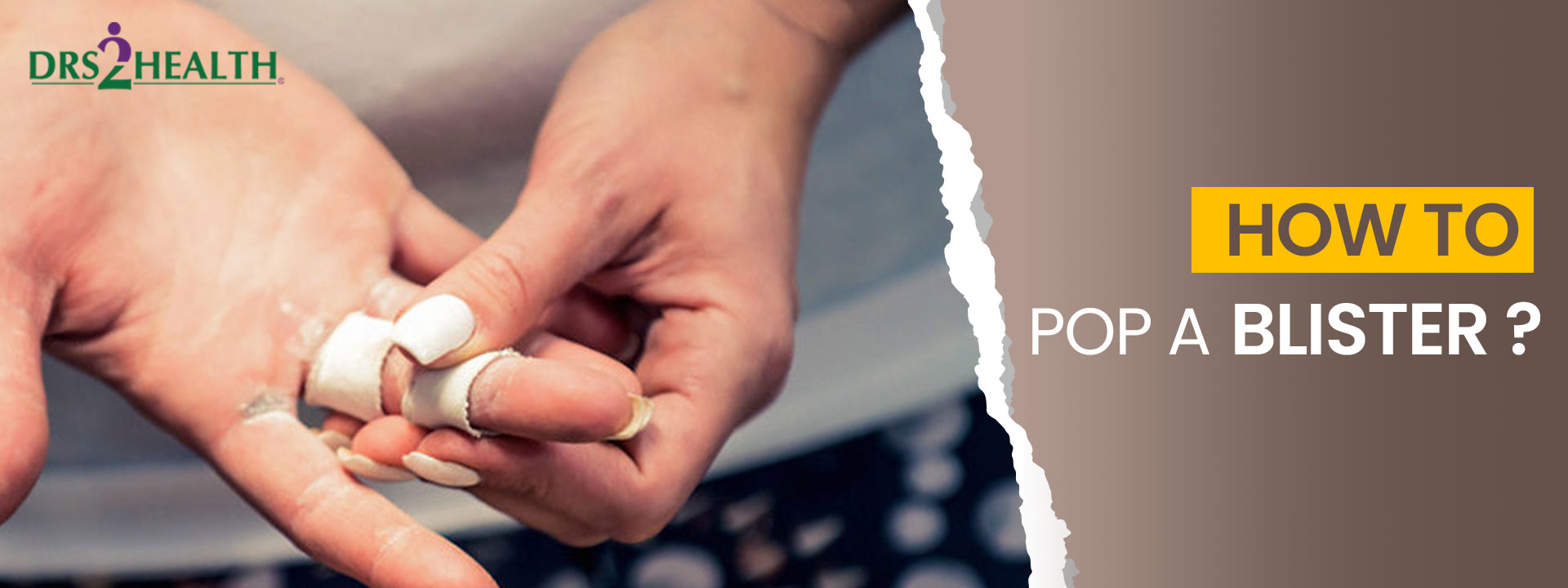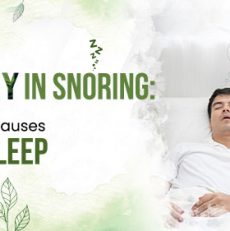The best treatment for blisters is to let them run their course. A blister will usually heal within 2 to 3 days and might even disappear without treatment. Keeping the blister intact allows it to heal more quickly as it eliminates the risk of infection by keeping the skin sterilized through forming new layers of skin.
If a blister is popped, it will eventually slow the down healing process and cause the fluid to drain on the healthy skin area. However, a blister can be popped carefully following the professional blister treatment if it becomes too painful or if it's in an area where it will be irritated (for example, on the bottom of the foot).
How to Pop a Blister

If you have a large blister causing you pain, you can drain it and cover it with a bandage. The fluid inside the blister will protect the wound while new skin grows over it.
Here are some steps you can take
- Wash the area with soap and water.
- Swab the blister with iodine.
- Sterilize a needle by wiping it with rubbing alcohol.
- Puncture the blister near its edge with the sterilized needle or scalpel.
- Gently squeeze out the fluid inside.
- Apply an antibiotic ointment to your skin afterwards, if desired, and cover the blister with gauze or an adhesive bandage.
Types of Blisters

There are numerous types of blisters that can occur. Some blisters burst by themselves, while others need manual intervention. Make sure you know what kind of blister you proceed with blister treatment.
Fever Blisters
They can be found on the inner side of your mouth; the most common cause for these is due to an infection known as Herpes Simplex virus (HSV). It spreads through close contact, and you should never pop these blisters. Instead, it would be best if you let them heal on their own and take precautions such as not sharing utensils with anyone else to prevent the spread of infection.
Blood Blister
These are caused by damage to the blood vessels under a layer of skin. This can happen when you pinch your skin or get hit with something while wearing tight shoes. As your body reacts to the injury, blood accumulates in the injured area, creating a red bump that looks like a large pimple.
For treating this type of blister, you can apply ice to help bring down swelling and relieve pain and discomfort. Please keep it clean with an antibiotic cream to not become infected.
Pompholyx (dyshidrotic eczema)
This is caused by an allergic reaction to irritant substances such as nickel, cobalt, or chromate salts used in various metal alloys in jewelry and belt buckles. These blisters usually appear on the hands and feet due to tight shoes and may itch before bursting after 3-4 days.
Experts recommend not to pop a blister
If you have a blister causing you pain, it's tempting to pop it. After all, who doesn't want immediate relief from pain? But dermatologists generally advise against popping your blisters because blisters are there for a reason protecting your healthy skin from getting infected.
However, Blisters can be prevented by being careful not to subject your skin to friction or excessive pressure. Wear proper-fitting shoes and appropriately-sized gloves. Breathable fabrics (such as cotton) are best for socks and clothing that rubs against the skin. If you have foot blisters, wear shoe inserts (orthotics).


Leave a comment